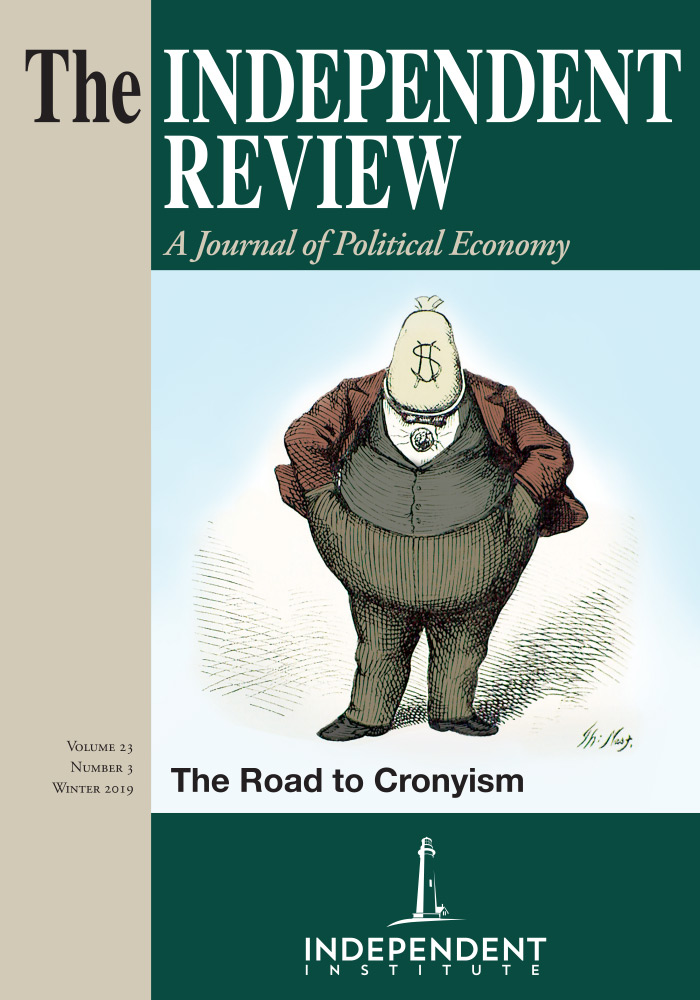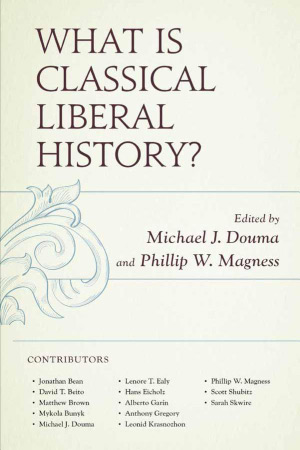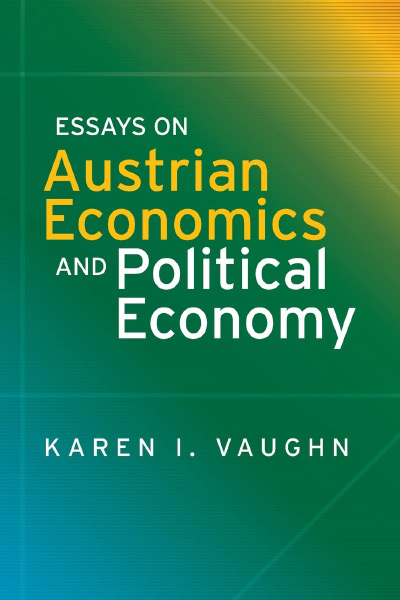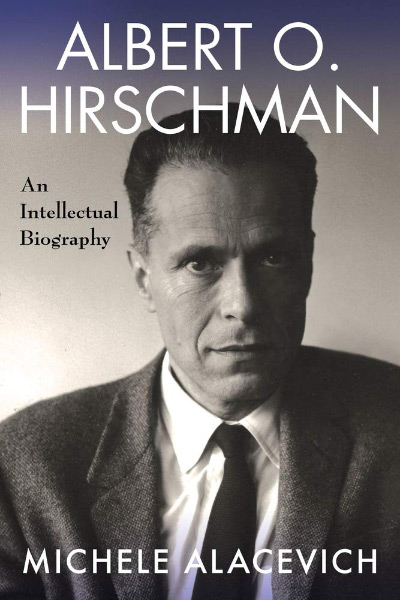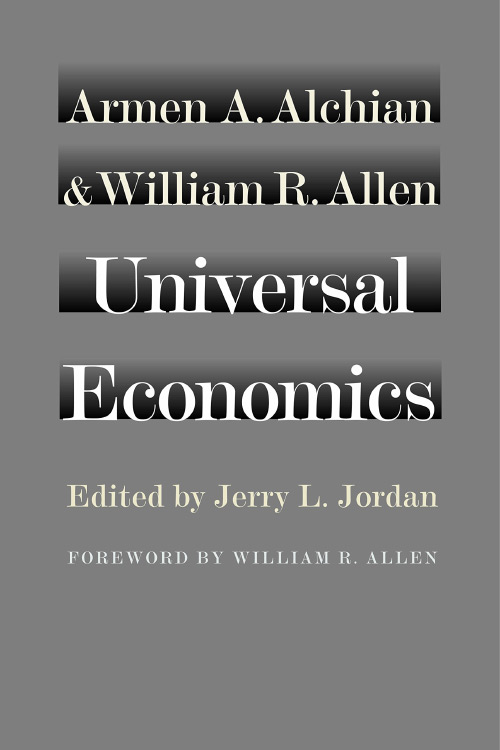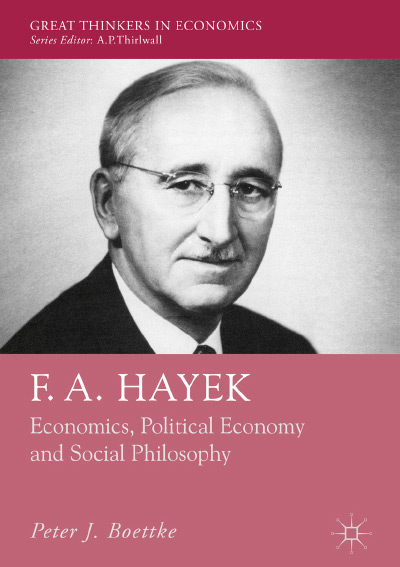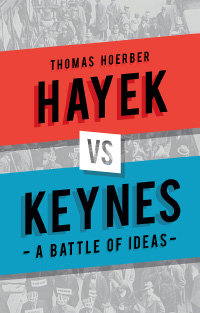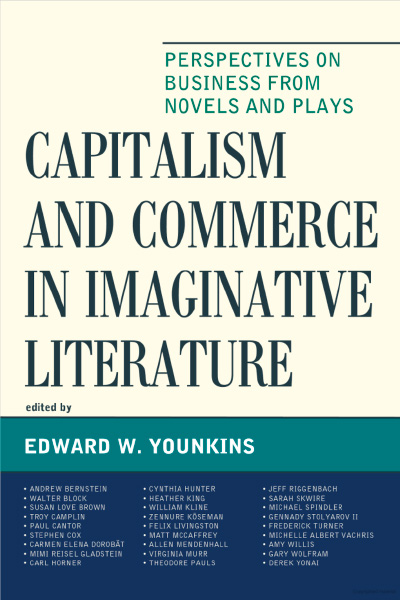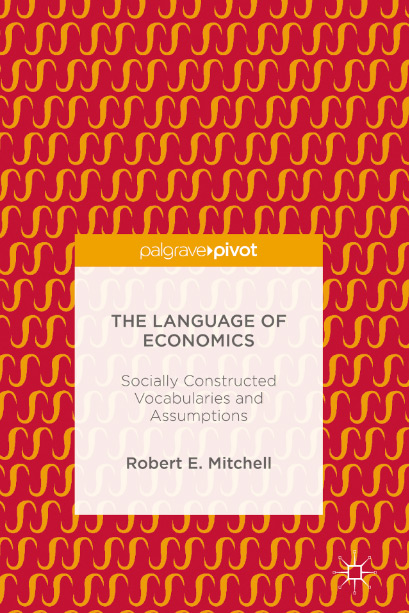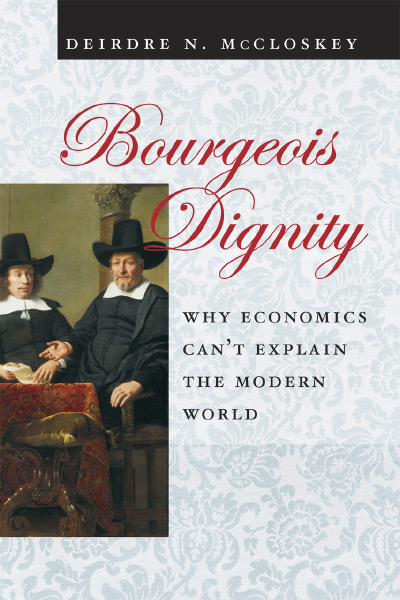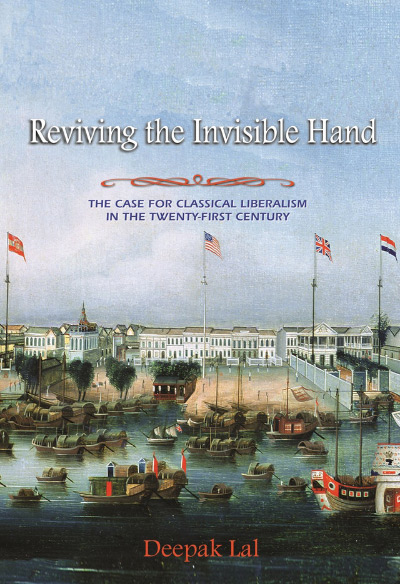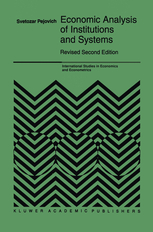“Classical liberal history” here literally means history written from the perspective of classical liberalism, not from the “progressive” (statist if not outright Marxist) or “conservative” perspective. The key theme is that classical liberal historiography is important but remains largely underdeveloped because in the past five decades or so few professional historians, people with doctorates in history who teach history in universities, have undertaken it. Much of this historiography has been written by people from other academic disciplines or by trained historians, such as myself, who are subsisting in various roles on the fringes of the history establishment. ’Tis telling, indeed, that of the thirteen contributors to What Is Classical Liberal History? only eight have terminal degrees in history and only three of those hold tenured or tenure-track positions in history departments, while the other five hold various research, visiting, or nongovernmental organization positions. The other contributors hail from architecture, English, political science, and economics.
One would think that classical liberal historians would be able at least to hold their own in historiographical debates. After all, as editors Michael J. Douma and Phillip W. Magness explain in the introduction, classical liberal historians write about “salient, relevant issues of human freedom and unfreedom such as the rise and fall [sic] of slavery, the origins of constitutional limits on government power, and the growth of markets that bring prosperity” (p. xi). Moreover, unlike some conservative and many progressive historians, classical liberal historians tend to employ relatively rigorous methodologies well grounded in empirical evidence and even “subject to empirical falsification” (p. xi). They emphatically employ liberal principles such as “openness, debate, empiricism, and charity” (p. xi) in their scholarly work, which often borrows theories from economics and other social sciences. The editors’ list of scholars working in the classical liberal historical tradition include such luminaries as Niall Ferguson, Stephen Halbrook, Robert Higgs, Jeffrey Hummel, Deirdre McCloskey, and Larry Schweikart.
Progressive historians, however, control the history establishment and block the professional advance of classical liberal historians, whom they despise for exposing the weaknesses of progressive historiography and for explicating the benefits of markets, voluntarism, and other pillars of classical liberal society. Progressives, the editors rightly point out, “prefer to highlight the errors and evils of Western civilization” (p. xiv), though, oddly enough, not the many problems caused by the governments of Western nations, except insofar as government foibles can be foisted off on readers and students as the machinations of capitalists or the inevitable workings of capitalism. The oppression is so severe that several young historians recently described themselves to me, in confidence, as “closeted libertarians,” fearful that their careers will be cut short if their classical liberal leanings become known.
Obviously, none of the scholars represented in this volume are closeted, but I must refrain from passing judgment on the work of several of them. The chapters by Anthony Gregory on civil liberties and Leonid Krasnozhon and Mykola Bunyk on classical liberalism in eastern Europe seem to pass muster but frankly reside outside of my usual bailiwick. And I still do not know what to make of Alberto Gar´ın’s sprawling essay “Non-manifesto of Liberal History” after three readings! Of the chapters clearly in my ken, the best contributions, in the order in which they appear in the volume, are those by Phillip Magness, Lenore Ealy, David Beito, Jonathan Bean, and Michael Brown.
Magness incisively critiques the so-called New History of Capitalism (NHC), noting that few of its claims are actually new. Members of the NHC subfield, which arose from the pyre of 2008, merely rehash old progressive canards about “physical expropriation, distributional inequality, labor mistreatment, and economic exploitation” (p. 18). In the process, they ignore or misappropriate the work of business, economic, financial, and classical liberal historians written since mainstream historiography retreated into cultural history during the “linguistic turn” half a century ago. Most importantly, they ignore the scholarship of the “Great Enrichment,” which clearly shows that markets and good institutions, not slavery, spurred modern economic growth. As Magness correctly perceives, the NHC revives antebellum pro-slavery arguments about the economic importance of slavery but applies them to the cause of reparations instead of to the peculiar institution. Politics makes strange bedfellows, indeed, and the pronouncements of the NHC, like those of slavery apologist James Henry Hammond, are just that—more political proclamations than scholarly claims. “Capitalism,” Magness perceptively points out, “suffers from a definitional problem” (p. 25), and that problem, along with an utter lack of economic training or even intuition among its acolytes, doomed the NHC from the start.
Similarly, Brown’s chapter describes how badly progressive historians have botched their analyses of the causes of economic growth, when they address the issue at all. Many progressive historians, Brown points out, do not understand that poverty is the historical norm and hence that prosperity is the economic state that needs to be explained. Ergo, following E. P. Thompson, they can believe that the Industrial Revolution caused poverty rather than alleviated it. When progressives do discuss growth, they often mistakenly claim that slavery and other forms of exploitation caused it under the “logically false extension from the idea that theft can benefit the thief to the idea that theft can create long-run growth and increased wealth” (p. 199). Moreover, progressives often limit their analysis to single nations so they can stress the presumed role of government policies in growth instead of confronting the compelling classical liberal stories inherent in natural experiments that occurred in China, Germany, Korea, and the antebellum United States.
In his chapter, Beito revivifies the long-forgotten Mugwumps, the rearguard of classical liberal political thought in America, and describes how they lost ground politically and ideologically to Social Gospelites and Germanically trained academic statists such as Richard Ely, John R. Commons, and Lester Ward, who adroitly argued that government had become more democratic and hence worthy of assuming a positive role in the economy, whereas business had become monopolistic and hence was in need of regulation. After their National Democratic Party failed miserably at the polls in 1896, classical liberals treaded water in the American Anti-Imperialist League until completely giving up the ghost in the election of 1912, which featured three progressive (Teddy Roosevelt, Woodrow Wilson, Howard Taft) and one socialist (Eugene Debs) presidential candidates. Beito then eviscerates silly progressive canards regarding the causes of the Great Depression, such as underconsumption/overproduction theory, the effectiveness of the New Deal, and the ineffectiveness of fraternals and other voluntaristic or self-help institutions.
Drawing on his book Race and Liberty in America: The Essential Reader (Lexington: University Press of Kentucky, 2009), Bean shows how progressives’ utter domination of the “teaching and presentation of the past” undermines their understanding of civil rights by rendering them “ignorant of traditions outside the orbit of left-wing ideologies” and blind to important historical realities (pp. 115–16). Progressives, for example, tend to extol unions even though unions’ record on race is vexed, to say the least. “Reading arguments for liberty, individualism, colorblindness, the rule of law, and capitalism out of the history of race in America,” Bean quips, “is like Hamlet [the play] without the prince” (p. 119).
The most challenging contribution is certainly the one by Ealy, who tackles both scientific methodology and voluntary association. Interestingly, I anticipated her lament that “much serious work” remains to be done to understand “the uses people make of associations and the way associations contribute to the generation of social order” (p. 62) and her call for a classical liberal treatment of “the nature and potential of the Tocquevillean Moment” (p. 89) and have written a book manuscript tentatively titled “Liberty Lost: The Rise and Demise of Voluntary Association in America since 1700.”
The most problematic chapter is the one by Scott Shubitz, who strays far beyond his evidence when he claims that “for the origins of classical liberalism in the United States, we must look to religion” (p. 2), in particular Unitarianism. Those religious roots, he asserts, rendered American-style liberalism less economic-policy oriented than its European counterpart, a conclusion that will come as quite a shock to those who trace American classical liberalism back through the Founders to Scottish Enlightenment political economists such as David Hume and Adam Smith. Religion, abolitionism, and classical liberalism indeed interacted in interesting ways through activists such as William Ellery Channing, as Shubitz explains, but it is difficult to see how opposition to the labor force of an entire section of the nation could be construed as noneconomic. It seems Shubitz has confused his dissertation with reality. It certainly does not add to his credibility that he calls Fr´ed´eric Bastiat (1801–50) an “eighteenth century thinker” (p. 6) or refers to Milton “Freedmen” (p. 10). (Granted, the latter might have been a typo, with which this volume is burdened more than most.) More important, however, are the American classical liberal thinkers whom Shubitz misses, especially the antislavery, anti-imperialist, antitariff textile manufacturer Edward Atkinson, who, I was glad to note, makes appropriate appearances in the chapters by Magness and Beito.
Sarah Skwire’s short contribution makes a compelling case for the need for classical liberal feminist history but then undermines itself by completely missing the now sizable literature in business history on female entrepreneurs, financiers, investors, journalists, and proprietors.
The unevenness of some of its chapters aside, this volume is a valuable addition to historiography because it highlights historians whose work is often ignored, misunderstood, and even maligned by the progressive historians who dominate professional history. The key takeaway, though only implied in the volume, is that the historical discipline sorely needs an Association of Classical Liberal Historians and a university department that can produce classical liberal history Ph.D.s. Also needed are a classical liberal history conference, book series, and journal equivalent to Econ Journal Watch. The latter idea grew out of the titillating contribution by Hans Eicholz, which shows that economic historian Max Hartwell fomented the linguistic turn by intellectually forcing Eric Hobsbawm and E. P. Thompson to abandon “scientific” Marxist social history for subjective cultural analysis. Historiography may again be poised to turn, and if it does, classical liberal historians need to be ready to regain a place in the history establishment and help render history an important social science once again.
| Other Independent Review articles by Robert E. Wright | ||
| Fall 2023 | The Big Myth: How American Business Taught Us to Loathe Government and Love the Free Market | |
| Spring 2022 | The Political Economy of Modern Wildlife Management: How Commercialization Could Reduce Game Overabundance | |
| Spring 2022 | Cronyism: Liberty vs. Power in America, 1607–1849 | |
| [View All (5)] | ||

